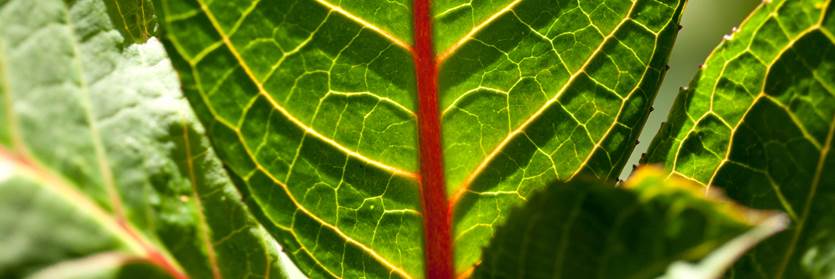Exploring the Mountains of Eastern Cuba, Part 3
Posted in Travelogue on June 9, 2014 by Fabian Michelangeli
Fabian A. Michelangeli, Ph.D, is an Associate Curator of the Institute of Systematic Botany at The New York Botanical Garden. His research focuses in part on the evolution, identification, and classification of neotropical plants.
In this last post about Cuban Johnny berries and meadow beauties, I want to show some of the species found in the northeastern part of the island. The mountain ranges in this area—the Sierra de Moa, Baracoa, Nipe and Cristal—are all rich in minerals and have unique soils that contain high concentrations of metals. These metals are toxic for many plants, but this plant family, the Melastomataceae, has adapted to these conditions.
Calycogonium glabratum, Miconia baracosensis, Miconia uninervis, Ossaea moensis, and Ossaea puciflora are not closely related, but they have all evolved small, hard leaves as an adaptation to the high toxicity of the soils they inhabit.
